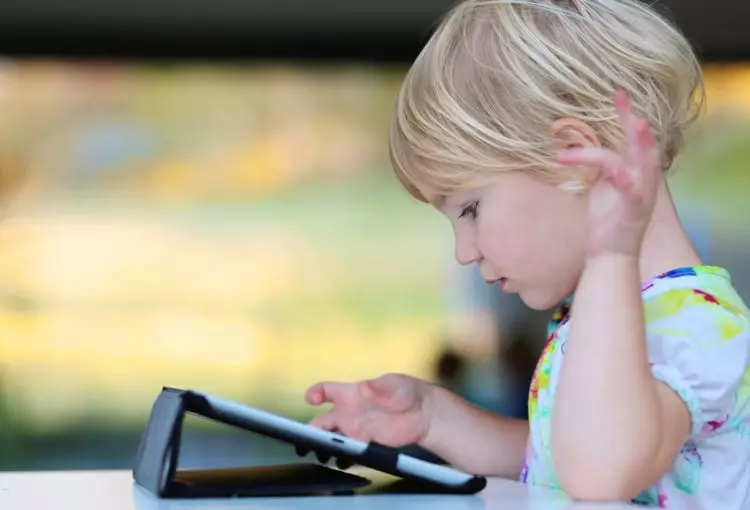
Ensuring Clear Vision and Eye Safety for Youth
As parents, caregivers, guardians, and educators, we have a critical responsibility to safeguard the well-being of our children, and this extends to their eye health. With the increasing use of digital devices and other environmental factors, it has become more important than ever to prioritize children’s vision and safety. As we observe Children’s Eye Health and Safety Month 2023, let’s delve into its observance and explore practical ways to promote optimal eye health and safety for our young ones.
The importance of children’s eye health
The early years of a child’s life are vital for visual development. During this time, the brain is learning to interpret visual information, making it critical to detect and address any issues early on. Uncorrected vision problems can significantly impact a child’s learning, cognitive development, and social interactions.
In fact, studies show that an estimated 80% of a child’s learning occurs through their eyes. At the same time, almost 3% of children in the U.S. under the age of 18 are either blind or visually impaired. Therefore, ensuring children have access to regular eye examinations is key to setting them up for success in both their academic and personal lives.
The Rise of Digital Devices and Screen Time

In the digital age, children are exposed to screens more than ever before. Be it smartphones, tablets, computers, or television, prolonged screen time can strain their eyes and lead to various visual discomforts. The blue light emitted by screens can disrupt sleep patterns and cause digital eye strain. In fact, a study conducted by the National Eye Institute found that children are at higher risk than adults, because their eyes absorb more blue light from digital devices.
Encouraging balanced screen time and incorporating the 20-20-20 rule (taking a 20-second break every 20 minutes to look at something 20 feet away) can help alleviate these issues and protect their eyesight.
Outdoor play and UV protection
Engaging in outdoor activities is essential for a child’s overall development, but it’s equally important to protect their eyes from harmful ultraviolet (UV) rays. Just as we apply sunscreen to protect their skin, providing UV-protective sunglasses can shield their eyes from potential damage caused by excessive sun exposure. Wearing wide-brimmed hats can offer an extra layer of protection.
Creating an eye-friendly home environment
Making simple adjustments to your home environment can greatly reduce the risk of eye injuries, for you and your children:
- Childproofing sharp edges,
- Securing furniture to prevent tip-overs, and
- Keeping hazardous objects out of children’s reach.
You can also educate children about the safe use of toys and sports equipment, particularly those with projectiles.
The role of nutrition
Nutrition plays a primary role in building and maintaining children’s eye health. Experts suggest including a variety of fruits and vegetables rich in antioxidants and essential nutrients, such as vitamin A, C, and E, to support your child’s vision. Encouraging the consumption of fish high in omega-3 fatty acids–like tuna, salmon, and anchovies–can also contribute to healthy eyes.
Promptly address vision issues

Prevention is better than the need for a cure, but identifying and addressing existing problems early is extremely valuable. Watch for signs of potential issues, such as:
- Squinting,
- Frequent eye rubbing,
- Sensitivity to light, and
- Difficulty focusing.
Problems in school, such as difficulty reading, doing schoolwork, or seeing the board, can indicate vision problems, as well. Frequent tripping or getting hurt during play or exercise is also worth investigating for possible vision-related causes.
If any concerns arise, consult with an eye care professional promptly to address the problem and prevent further complications.

